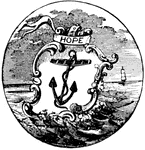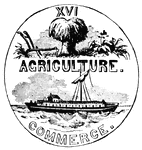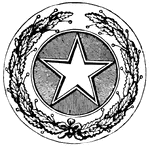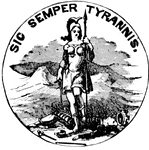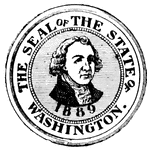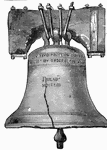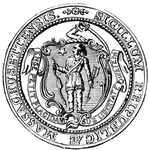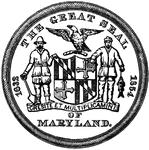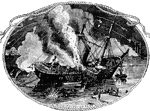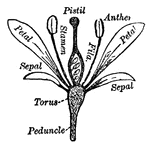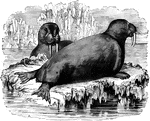
Pennsylvania Seal
Seal of the commonwealth of Pennsylvania, 1904. Motto: Virtue, Liberty, Independence.

Seal
The seal is an aquatic mammal, whose limbs are formed into flippers. The tail tapers at the end of the…

Solomon's Seal Root
In some perennial herbs, prostrate stems or branches underground are thickened with this store of nourishment…
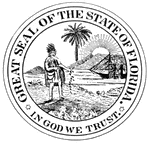
Florida Seal
The former Great Seal of Florida, featuring an indian, palm tree, the sun, and some uncharacteristic…
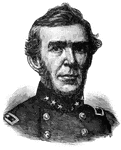
General Bragg
Portrait of General Bragg. General Bragg was in command at Pensacola, with a force of 7,000 men from…
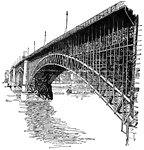
Eads Bridge
A steel arch bridge erected in 1874 and costed around one million dollars. Crosses over the Mississippi…

Evacuation of Corinth
Evacuation of Corinth, Mississippi- Confederate fortifications, from the northern angle, looking south-…

Evacuation of Corinth
Evacuation of Corinth, Mississippi- burning of stations, warehouses and supplies- entry of Federal Troops.…

The Great Naval Battle on the Mississippi
First day's bombardment, Federal Schooners off Forts Jackson and St. Philip, commanding the passage…

The Great Naval Battle of the Mississippi
Passage of the second division of the Federal Squadron past Fort St. Philip. On April 24, 1862 at three…
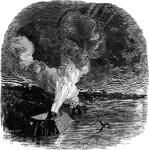
Siege of Island
"Siege of Island No. 10, on the Mississippi River- night bombardment by the Federal mortar boats, ten…
Federal Fleet
"Panoramic view of the Federal fleet passing the forts of the Mississippi, on its way to New Orleans,…
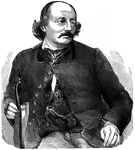
General Benjamin F. Butler
"General Butler was born in Deerfield, N. H., November 6th, 1818. At the time of President Lincoln's…

Bombardment of Fort Henry
"Bombardment of Fort Henry, Tennessee River, Tenn., by the Mississippi Flotilla, Flag Officer Foote,…

Ship Island
"Ship Island, near the mouth of the Mississippi- United States war steamer "Mississippi" firing on a…

Battle of Munfordville
"Battle of Munfordville, Ky., Sunday, September 14th, 1862- the Confederates charging through the abatis…

Paducah, Kentucky
"View of the town of Paducah, Ky., at the confluence of the rivers Ohio and Tennessee, the Northern…

Naval Battle
"Naval action between the United States war steamer Mississippi and the Confederate iron-cased…

Confederate Schooner
"Bird's-eye view of the burning of a Confederate schooner in Quantico or Dumfries Creek, Potomac River,…






